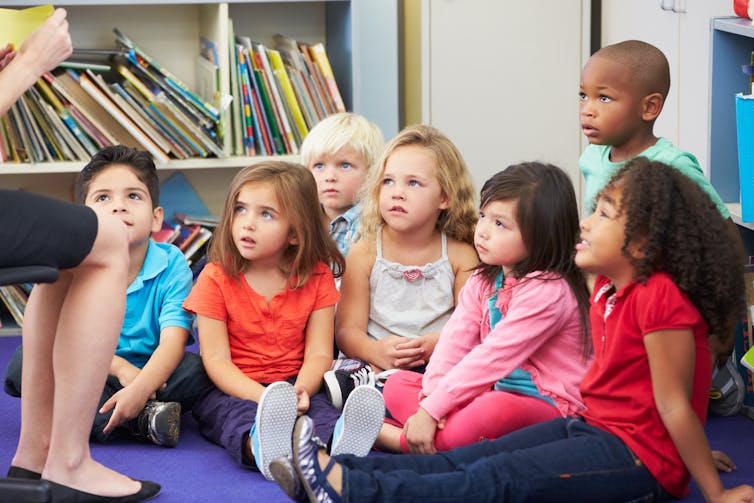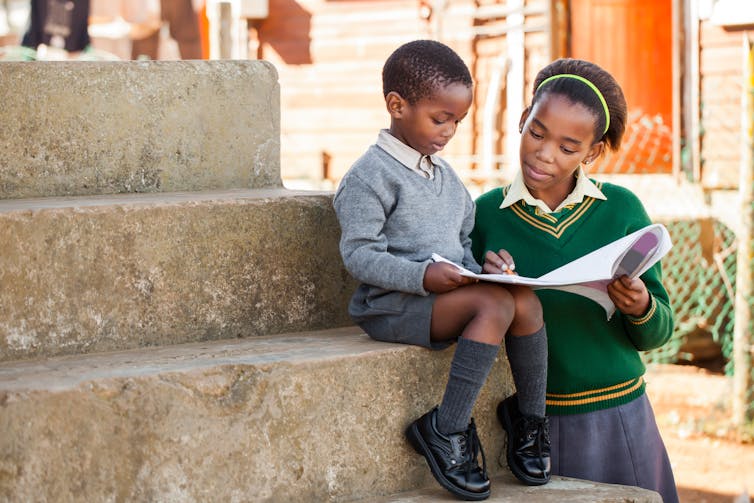A lot of people still think that racism is no longer a problem in America. After President Obama was elected, scholar John McWhorter argued that racism in America is, for all intents and purposes, dead. Prominent African-American conservative scholar and economist Thomas Sowell argued that “racism is not dead, it is on life support.” Harvard professors William Julius Wilson and Roland Fryer also discussed the declining importance of race and discrimination.
However, as we wrap up the final months of Obama’s presidency, the diminishing importance of rhetoric about race and discrimination appears to be at odds with the realities faced by African Americans. President Obama himself has been the victim of racist treatment, such as the birth controversy and a member of Congress saying “you are lying”. And then, one incident after another has highlighted the painful reality that black men are disproportionately dying at the hands of the police compared to any other demographic.
Sadly, racism and discrimination are a fact of life for many black Americans. As an African American scholar who studies the experiences of black students, I am particularly interested in this question. My research has found that black college students report higher levels of racial discrimination stress than other racial or ethnic groups. The sad reality is that black Americans experience subtle and overt discrimination from kindergarten through college.
Here’s what studies show
The results of a recent Pew Research Center survey underscore this point. The survey found that black Americans with some college experience are more likely to say they have experienced discrimination compared to blacks who did not report any college experience.
Additional survey results revealed several differences between blacks with college experience and blacks without college experience. For example, in the past 12 months, 55% of people with some university experience said people had acted suspiciously towards them, compared to 38% of those with no university experience.
Likewise, 52% of people with some college experience said people acted like they thought the person was not smart, compared to 37% of those with no college experience.
So what are the racial struggles experienced by African American students throughout their schooling?
Tyrone’s Story
Consider the case of Tyrone. Tyrone is a four-year-old black boy raised in a two-parent family. Like most four-year-olds, Tyrone is intellectually curious and has a vivid imagination. He enjoys books, enjoys coloring and painting, and also enjoys physical activities such as running, jumping and playing games with his friends.
Teacher image via www.shutterstock.com
Behaviorally, Tyrone is also similar to many four-year-olds in that he often enjoys talking more than listening, and he can be temperamental. He can engage in hitting, kicking and spitting behaviors when angry.
One day Tyrone was playing a game with a friend and he lost. Tyrone got angry and threw the ball at his friend. A teacher witnessed this and immediately confronted Tyrone about his behavior.
Angry at being confronted, Tyrone started to walk away. The teacher grabbed her arm. Tyrone reacts by pushing the professor away. The teacher sent Tyrone to the principal’s office. After consultation with the principal, Tyrone was viewed as a danger to students and staff.
He was therefore suspended.
The first years of schooling
On the surface, this looks like a simple case of appropriate punishment for misconduct perceived by a student. There doesn’t seem to be anything explicitly racial about the interaction.
However, do take into account that there have been numerous instances of white college students engaging in the same behavior, none of which ever resulted in a suspension. This is the racialized reality that black students experience in American schools every day.
Black boys are almost three times more likely to be hung than white boys, and black girls are four times more likely to be hung than white girls. The (bad) behavior of black students is more often criminalized than that of other students.

Image of children via www.shutterstock.com
While black children represent 18% of preschool enrollments, they represent 48% of students receiving one or more suspensions. Obtain a stay of business as this correlates with being returned to law enforcement and arrested. Black students represent 27% of students referred to law enforcement and 31% of arrested students, while they represent only 18% of registered students. As a rule, black college students often don’t get the benefit of the doubt when they engage in bad or questionable behavior.
School experience
When Tyrone entered fourth grade, the teachers noticed a change in his behavior. His enthusiasm for school and learning had diminished considerably. He no longer eagerly raised his hand to answer questions. He no longer seemed to like books and listening to stories. He seemed to have little joy in participating in class activities. His teachers called Tyrone “demotivated”, “listless”, with “learning difficulties” and “a bad attitude”.
Educators and researchers have called this phenomenon the “fourth grade failure syndrome” for black boys. Early childhood educator Harry Morgan suggested this phenomenon occurred during this time because the classroom environment changes between grades three and four from a socially interactive style to a more individualistic and competitive style. .

Image of boy via www.shutterstock, com
This change in style works against the more community-based and cooperative cultural learning environment that research shows black students tend to prefer. Fourth grade failure syndrome refers to a prejudice in schools (for example, cultural insensitivity, disproportionate discipline, reduced teacher expectations, tracking black students in special education or remedial classes) that results in cumulative decrease in black students (especially boys) enthusiasm and motivation for school.
In high school, Tyrone no longer identified with school. His sense of pride and self-worth came more and more from his popularity and athletic ability rather than his intelligence. Psychologist Claude Steele called this “academic disidentification,” a phenomenon where a student’s self-esteem is disconnected from their performance in school.
Tyrone is not alone. According to a study based on national data of nearly 25,000 college students, black males were the only college students who showed significant disidentification throughout grade 12. My research also confirmed this, although I couldn’t find any evidence in black women, white men, or white women.
What is the college experience?
While the narrative that more black men are in prison than in college has been completely debunked by psychologist Ivory Toldson, it’s still true that black men are under-represented in college. According to US Census Bureau data, there were 887,000 black women enrolled in college compared to 618,000 black men.
In large part because of the importance placed on education by his family, Tyrone was fortunate to be accepted into college. Excited and nervous about being away from home, Tyrone can’t wait to start his college experience.
Like many students, Tyrone enjoys going to parties hosted by Greek organizations and he frequently attends parties hosted by black fraternities. While attending a party, Tyrone and his friends got angry when campus police interrupted the party due to complaints of loud music and threatened to arrest attendees.
Tyrone has been partying with white friends and knows firsthand that their parties often involve drugs and reckless behavior, yet as my students tell me, the police hardly ever cut their parties off. It turns out that white fraternities are frequently the perpetrators of racist incidents, which lead Tyrone and other black students to engage in campus protests.
For example, in 2014 Tau Kappa Epsilon, an Arizona State University fraternity, was suspended for hosting a racist Martin Luther King Jr. party in which they drank from watermelon cups, held their crotch, wore bandanas and formed gang signs with their hands. .
Resilience
To add insult to injury, Tyrone and other black students read opinion pieces in the student newspaper complaining of discrimination against white students and the opportunity for “minority students.” Less qualified to enter campus.
Tyrone finds refuge in black studies classes, where he learns theories such as “critical race theory” and terms such as “institutional racism”, “white privilege” and “hegemony”. Exposure to these courses provides Tyrone with the vocabulary and critical analytical tools to better understand the challenges black people face.

chandlerchristian, CC BY-NC-ND
It should come as no surprise, then, that blacks with a college education like Tyrone are more likely to report being discriminated against in college than blacks with no college experience in college environments where racist incidents and micro-aggression have occurred. racialities are frequently reported. Despite the desire of many for America to be color blind, at all levels of education, black students experience disproportionate amounts of discrimination.
In many ways, my research on African American students mirrors my own experiences as a black man negotiating the challenges of being in predominantly white academic environments. The positive side of this story is that black college students are incredibly resilient and there are some positive things to report.
In 2016, for example, enrollments at historically black colleges and universities increased. It is unclear whether this increase is related to the negative experiences of discrimination black students often experience on predominantly white campuses, but it does suggest that black students’ interest in pursuing a college education remains high. According to 2016 data published in the Journal of Blacks in Higher Education, black women now have the highest graduation rate of any demographic at the University of Georgia.
For every positive result for students like Tyrone, there are unfortunately too many negative results for other similar students as well. The educational experiences of Tyrone and all black students should be of concern to everyone.
While education is not a panacea for experiences of racism and discrimination, education can provide us with the tools to better understand, analyze and ultimately find solutions to the tragic incidents we all too frequently see involving police killings of Black.



